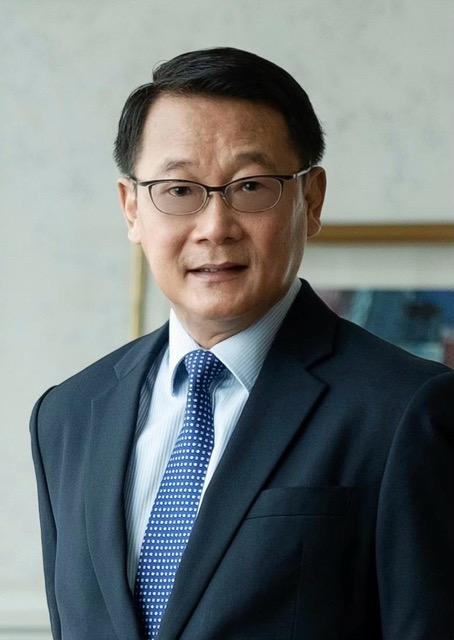By Benny Goh
Addressing climate change through technological innovation is crucial for Southeast Asia’s energy security, especially amid rising temperatures and extreme weather events such as floods and droughts. Countries like Myanmar, the Philippines, and Vietnam are particularly vulnerable to rising sea levels and intensified tropical cyclones. Additionally, the region faces escalating electricity demand and high fuel costs, exacerbated by global events like Russia’s invasion of Ukraine and recent conflicts in the Middle East, since Southeast Asia has been a net oil importer since the mid-1990s.
To tackle these challenges, investments in renewable energy have surged. Between 2016 and 2020, Southeast Asia averaged $70 billion annually in energy investments, with approximately 40% directed toward clean technologies like solar, wind, and microgrids. The ASEAN Centre for Energy projects that $180 billion in annual investment will be necessary by 2030 to meet climate goals. A positive outcome of rising oil prices is the shift in government policies to reduce fossil fuel reliance, with countries such as Singapore, Indonesia, and Malaysia setting net-zero emissions targets.
Innovations in energy security are essential for achieving sustainability goals and ensuring business continuity. By leveraging artificial intelligence (AI) and microgrids, renewable energy can complement and even replace traditional energy consumption across Southeast Asia. At Parami Solutions, we advise clients on how to decentralize their energy production and diversify their sources. This approach enables companies to reduce reliance on volatile fossil fuel markets and mitigate risks associated with global energy disruptions.
Southeast Asia is poised to become a hub for microgrids as businesses seek to lessen their dependence on state-supplied electricity. We envision a future where smart cities utilize AI and Internet of Things (IoT) sensors to optimize energy usage and predict future demand. For instance, employing Battery Energy Storage Systems (BESS) to store excess energy can ensure uninterrupted power during disruptions. Increased adoption of microgrids will enable local energy generation, granting companies greater energy independence.
Enterprises and corporations are seizing the opportunity presented by policy shifts to develop solutions in hydropower, green hydrogen, floating solar, and advanced energy storage. Demand for these innovations is increasing as businesses strive to comply with Environmental, Social, and Governance (ESG) standards amid tightening regulations.
IPI’s flagship event, TechInnovation, is the premier platform to showcase cutting-edge technologies and innovations. It connects enterprises, startups, and large corporations to foster commercial partnerships and knowledge sharing through exhibitions, conferences, and crowd-pitching sessions.
I have been working with IPI for TechInnovation 2024 to guide and mentor entities on how to navigate this exciting yet challenging phase. For emerging green tech enterprises seeking collaborations with corporations and governments, TechInnovation 2024 offers an unparalleled networking space. One of the key differentiators that make TechInnovation stand out is the concrete possibility of commercializing new innovations. There are entities with brilliant ideas but lacking the funding or client base to realize their ambitions. That’s where IPI steps in, acting as a matchmaker between enterprises and large corporates.
At the heart of TechInnovation are new inventions. This year features an exciting lineup of exhibitors, including EtaVolt, which has developed an eco-friendly, decentralized solar PV recycling line; Panasonic with its smart energy management platform to assist homeowners; and Digitwins Science & Technologies with solutions for low-carbon smart plants. Other remarkable innovations come from institutions like Temasek Polytechnic, which has devised high-performance proton exchange membrane (PEM) fuel cells with versatile applications.

Benny Goh is managing partner, Parami Solutions
The post Energy Security: A Key Component for Southeast Asia in Combating Climate Change first appeared on Energy Asia.






